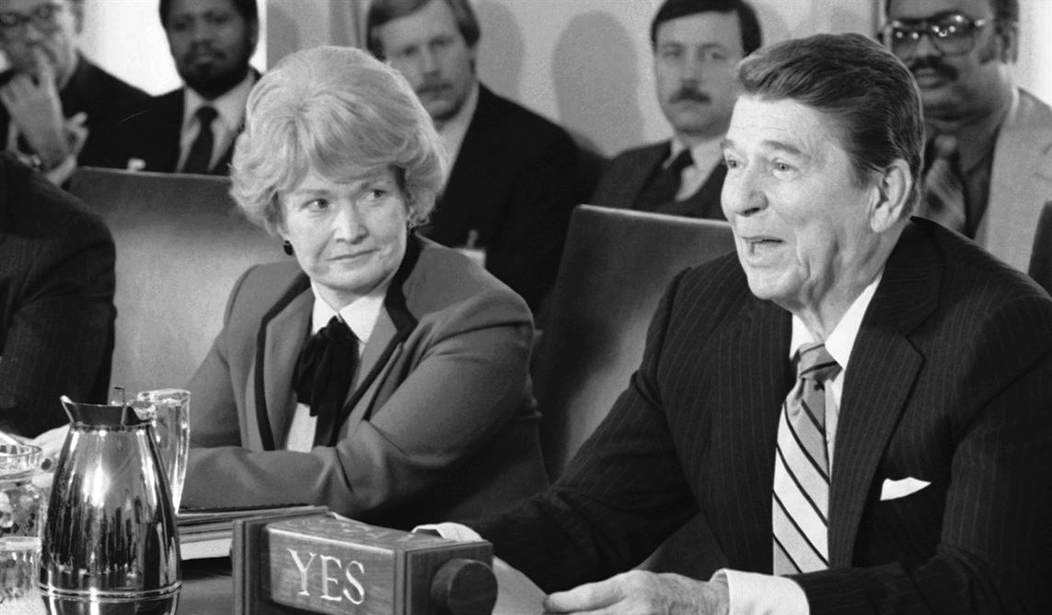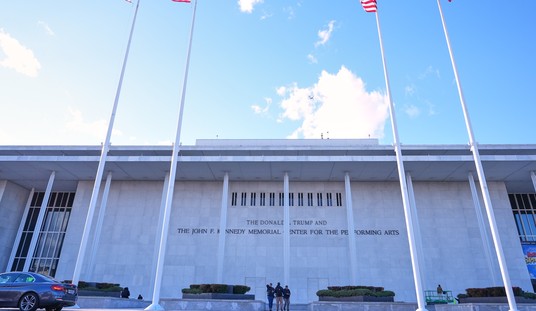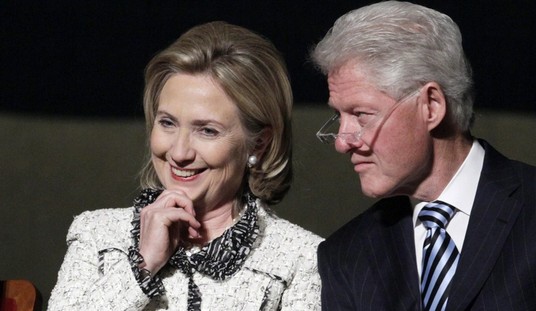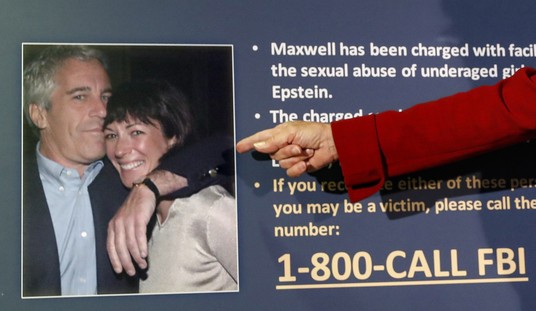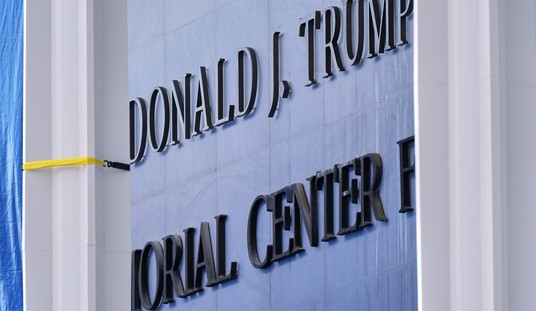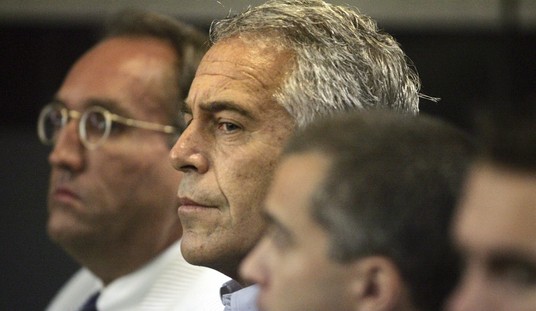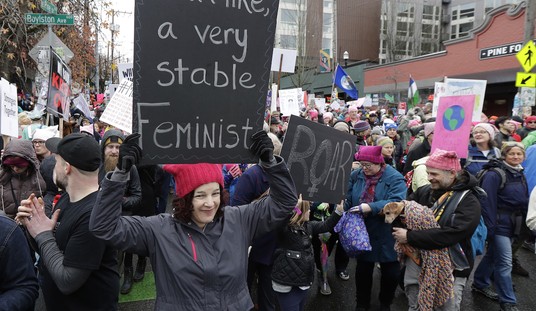In addition to all the other wins the Trump administration has racked up in the last six months, they have made some significant changes in the United States' energy policy. The president has, with executive orders, eliminated a lot of the federal subsidies for low-density "renewable" energy, as well as removing a lot of the roadblocks to the traditional energy sector. That's already yielding results.
But what about the ultimate step - eliminating the Department of Energy altogether, and rolling what few important functions it fulfills into another department, like, say, Interior? President Trump has been making some moves to abolish the Department of Education, which, like Energy, has no constitutional authorization to exist.
As it happens, in 1981, only four years after the Department of Energy was formed under the Carter administration, President Ronald Reagan did have a plan to eliminate Energy. His statement to that effect, dated December 17th, 1981, reads in part:
Last September in my economic message I announced that we would develop a plan for dismantling the Department of Energy. In the intervening months, a group led by the Secretary of Energy developed a number of proposals to carry out that commitment.
I have selected a plan that will divide the current responsibilities of the Department of Energy between the Department of the Interior and the Department of Commerce. This would fulfill my campaign promise to make government more efficient and reduce the cost of government to the taxpayers.
Under the plan I have approved, the Interior Department will take on those functions of DOE that bear on the management of natural resources, such as supervision of the national petroleum reserves and the hydroelectric dams operated by the power marketing administrations.
The Commerce Department will be responsible for ensuring that energy is given full consideration in national economic policy; for developing plans for responding to energy supply emergencies, including our relations with international energy organizations; and for the collection of statistical data on energy.
That's a good plan. The few programs under Energy that are worth keeping, and there may well be some, would do just as well under the Department of the Interior or the Commerce Department. But, as President Reagan plainly understood, the country got along fine without a Department of Energy until 1977, and could certainly do so again.
So what happened?
President Reagan is also known for a relevant saying:
No government ever voluntarily reduces itself in size. Government programs, once launched, never disappear. Actually, a government bureau is the nearest thing to eternal life we'll ever see on this earth.
Over at the great energy-issues Master Resources, scribe Robert Bradley Jr. had this to say about the Reagan-era plan:
“Will the Trump Administration challenge against climate alarm and forced energy transformation reach its logical end? Can commercial nuclear power be privatized away from DOE for this to happen? Can ‘carbon management’ be demoted as part of this? Free market, classical liberal proponents can only hope so.”
The U.S. Department of Energy (DOE) was a mistake on Day 1. It continues to be a harem of government intervention on the supply and demand sides. It should be abolished as an easy budget cut, with the military side moved back to the U.S. Department of Defense.
So what's the holdup? Economist Milton Friedman posited something called the "tyranny of the status quo." Here's why that matters; in 1984, Friedman wrote:
A new administration, dedicated to making major change, has about six to nine months to do so. That’s the honeymoon period. Once that period is over, the tyranny of the status quo asserts itself. The defeated forces regroup. The opponents of the initial measures find their voices and reorganize. And from there on, little gets accomplished.
That's troublesome if it ends up applying.
Read More: Could Artificial Intelligence Drive New Breakthroughs in Fusion Power?
Look What Happens When Solar and Wind Power Become 'Stranded Assets.'
I've referred to this principle for some years as "institutional inertia." No matter what we call it, it's in the interests of the entrenched to remain entrenched.
The question is this: Can President Trump break that mold?
Ronald Reagan was a transformational president. He won his first election by a comfortable margin, then won his 1984 re-election in a 49-state landslide matched by only one other president - Richard Nixon. Up until 2016, I would have said that if Reagan couldn't get this done, then no president ever would.
President Trump, though, has shown himself capable of breaking down quite a few walls. Can he break through the tyranny of the status quo? He's at that six-month mark now and shows no sign of slowing down. He's already made it a goal to shutter Education. Why not Energy?
This is worth the president's attention. He's in his second term, non-consecutive. He's at that significant six-month margin. Some might call him a lame duck, but that doesn't seem to apply to Donald Trump. He's more like a man who knows what he wants to do and knows how much time he has to do it.
It's worth a try. Let's not stop with Education. Eliminate Energy - and a bunch of others. This will be the biggest challenge the Trump administration faces - and if they are successful even in part, it will be the most significant part of Donald John Trump's legacy.

